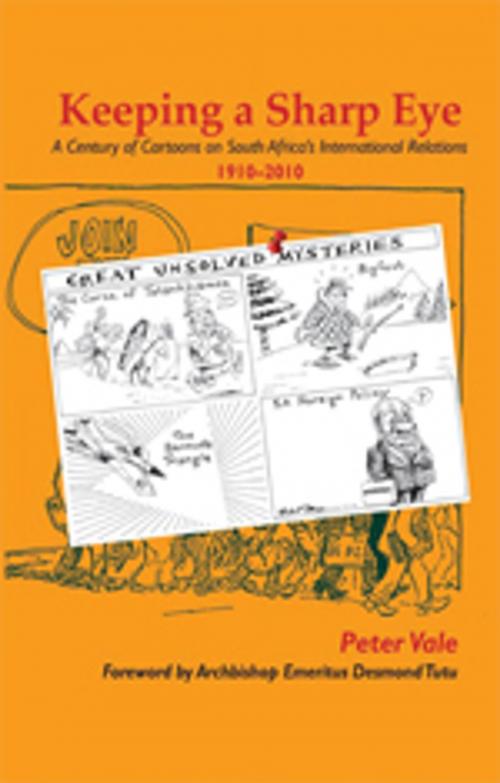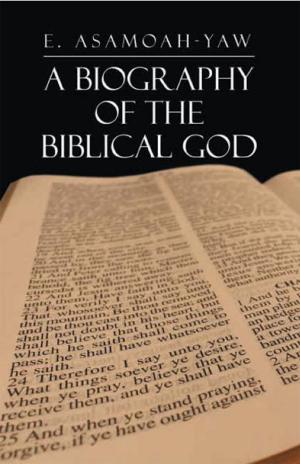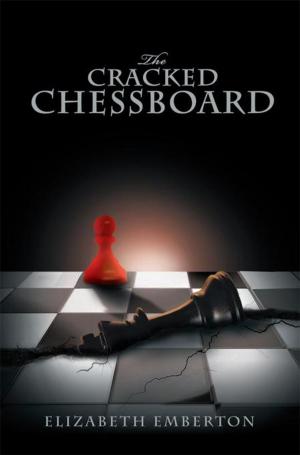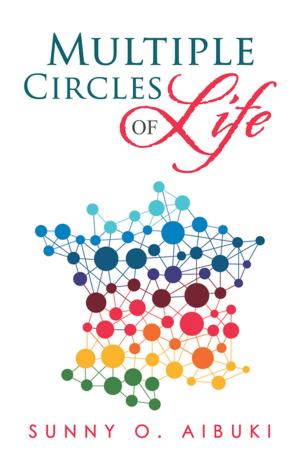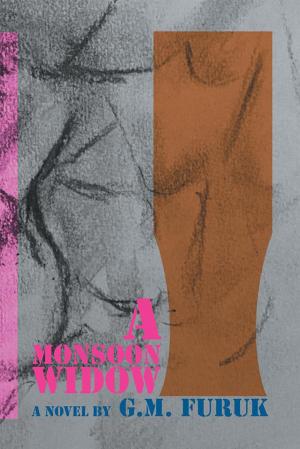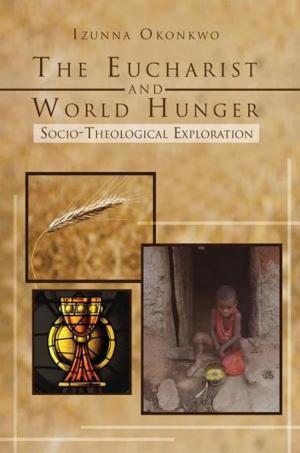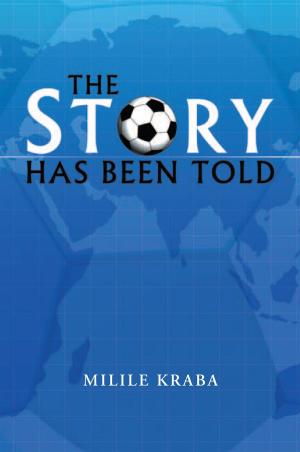Keeping a Sharp Eye
A Century of Cartoons on South Africa’S International Relations 1910–2010
Nonfiction, Social & Cultural Studies, Political Science| Author: | Peter Vale | ISBN: | 9781477149348 |
| Publisher: | Xlibris UK | Publication: | September 10, 2012 |
| Imprint: | Xlibris UK | Language: | English |
| Author: | Peter Vale |
| ISBN: | 9781477149348 |
| Publisher: | Xlibris UK |
| Publication: | September 10, 2012 |
| Imprint: | Xlibris UK |
| Language: | English |
International relations are what a government does when nobodys looking. While this may well once have been true, the conduct of international relations in South Africa and elsewhere has come under increasing scrutiny by the public. This is partially the result of specialist expertise around the formal study of international relations and the making of foreign policy, enhanced by the development of International Relations as a separate academic field. Like the growth of institutes of international affairs (or the Council on Foreign Relations, in the case of America), the study of international relations commenced at the end of the First World War (191418) with the establishment at the University of Wales, Aberystwyth, of the first academic chair in International Relations. It was called for Woodrow Wilson, Americas twenty-eighth president, and funded by Welsh businessman and pacifist David Davis. In South Africa, the study of international relations commenced with the establishment of the South African Institute of International Affairs (SAIIA), which met for the first time in the Senate Chamber of the University of Cape Town on 12 May 1934. Until then International Relations had been taught in various guises within History, Law, Economics and Politics courses, but it lacked a firm institutional base. In South Africa, International Relations was first taught as a separate academic discipline at the University of the Witwatersrand in 1963 although a professorship, called for Jan Smuts, was first filled in 1961. Long before this institutional setting, however, a more subversive and certainly more spicy variety of international relations understanding and critique was at work: this was, of course, the sharp eye on foreign policy and international relations, drawn in jest and sometimes in anger by cartoonists. Their interest in international relations predates the emergence of the powerful critical perspectives that have changed and almost redirected the field since the ending of the Cold War. This book is about how these other experts have looked at and commented on South Africas relations with the world over the past century. It examines their interpretations of unfolding events and considers how these commentators and their work interacted with the more formal understandings of foreign policy and international relations that came to pass long after cartoons first appeared. A century of South Africas engagement with the world is, understandably, a long and complex story. Cartoons on the country were done years before the 1910 Act of Union, as some well-known cartoons of the Anglo-Boer War suggest. However, by confining my choices to a hundred years of the South African state, I have chosen firm bookends for the collection. The choice of cartoons itself requires further clarification. There is a rather worrying recent notion in South Africa that nothing that happened in the country before the historic election of 1994 matters. In April 2009, at a conference, I heard an academic colleague say that what happened in the 1930s was illegitimate and of no real relevance to the present. This lack of interest in history is both short-sighted and intellectually lazy. South Africas international relations today are determined as much by the cartoons drawn by Boonzaier in 1910 as they are by the cartoons drawn by Zapiro in 2010. I choose these two names not only because they conveniently cover almost the full range of the alphabet, but because they run from the founding of the South African state in 1910 to the present. Their names signal something else, too. I have only chosen drawings by cartoonists who worked in South Africa. As will be clear, many cartoonists were not South Africanborn but brought the cartoonists trade with them to this country. As such, they brought interpretations and understandings of the world that helped to shape South Africas perspectives o
International relations are what a government does when nobodys looking. While this may well once have been true, the conduct of international relations in South Africa and elsewhere has come under increasing scrutiny by the public. This is partially the result of specialist expertise around the formal study of international relations and the making of foreign policy, enhanced by the development of International Relations as a separate academic field. Like the growth of institutes of international affairs (or the Council on Foreign Relations, in the case of America), the study of international relations commenced at the end of the First World War (191418) with the establishment at the University of Wales, Aberystwyth, of the first academic chair in International Relations. It was called for Woodrow Wilson, Americas twenty-eighth president, and funded by Welsh businessman and pacifist David Davis. In South Africa, the study of international relations commenced with the establishment of the South African Institute of International Affairs (SAIIA), which met for the first time in the Senate Chamber of the University of Cape Town on 12 May 1934. Until then International Relations had been taught in various guises within History, Law, Economics and Politics courses, but it lacked a firm institutional base. In South Africa, International Relations was first taught as a separate academic discipline at the University of the Witwatersrand in 1963 although a professorship, called for Jan Smuts, was first filled in 1961. Long before this institutional setting, however, a more subversive and certainly more spicy variety of international relations understanding and critique was at work: this was, of course, the sharp eye on foreign policy and international relations, drawn in jest and sometimes in anger by cartoonists. Their interest in international relations predates the emergence of the powerful critical perspectives that have changed and almost redirected the field since the ending of the Cold War. This book is about how these other experts have looked at and commented on South Africas relations with the world over the past century. It examines their interpretations of unfolding events and considers how these commentators and their work interacted with the more formal understandings of foreign policy and international relations that came to pass long after cartoons first appeared. A century of South Africas engagement with the world is, understandably, a long and complex story. Cartoons on the country were done years before the 1910 Act of Union, as some well-known cartoons of the Anglo-Boer War suggest. However, by confining my choices to a hundred years of the South African state, I have chosen firm bookends for the collection. The choice of cartoons itself requires further clarification. There is a rather worrying recent notion in South Africa that nothing that happened in the country before the historic election of 1994 matters. In April 2009, at a conference, I heard an academic colleague say that what happened in the 1930s was illegitimate and of no real relevance to the present. This lack of interest in history is both short-sighted and intellectually lazy. South Africas international relations today are determined as much by the cartoons drawn by Boonzaier in 1910 as they are by the cartoons drawn by Zapiro in 2010. I choose these two names not only because they conveniently cover almost the full range of the alphabet, but because they run from the founding of the South African state in 1910 to the present. Their names signal something else, too. I have only chosen drawings by cartoonists who worked in South Africa. As will be clear, many cartoonists were not South Africanborn but brought the cartoonists trade with them to this country. As such, they brought interpretations and understandings of the world that helped to shape South Africas perspectives o
